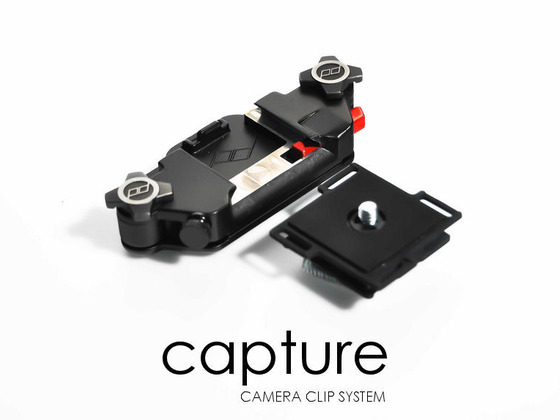A small detail of the pitch, which is often overlooked, are the specific words you use to ask for support. There are many different ways to ask people to back your project, and I think some are more effective that others. I don’t have any data to back up this claim, but for me the way you ask can really affect people’s decision-making. When done right, it can give people confidence about backing your project.
If you want to see how a pro does it, watch this video with Gary Vaynerchuk, as he asks you to pre-order and support his then, new book, Crush It. The ask comes 1:27 into the video, but make sure you look at the whole thing, so you can see how he builds to it. It’s so subtle you almost miss it. He is intentional about asking for your support but very authentic.
Asking for support is tricky, because you don’t want to be too commercial, and you don’t want to beg either. While the ask is not one of the four key pitch elements, when done effectively, it can actually persuade people to back your project.
Your Project is Not Charity
Is your project a charity? No? Then why are you asking for donations? Charities are really important, but your project isn’t be one of them. A lot of people ask for donations in their pitches. To me the word “donation” is closely linked to charities and implies that the value exchanged is primarily for social good. Kickstarter is about exchanging value and giving your backers something in return. In fact Kickstarter clearly says no charities on it’s project guidelines page.
“This is a place for creative people. It’s not a place for charity.” Perry Chen Rocketboom interview
How to Ask
There are many ways to ask for someone for support on Kickstarter. Here are a few ways I might ask.
“I hope you back my project.”
“With your support…”
“You will be pre-ordering this item.”
“Backing this project will help bring it to market.”
“If you like the project, then please back it.”
A Kickstart’s Guide to Kickstarter TOC:
pssst…you can read all of this offline by downloading the e-book.



